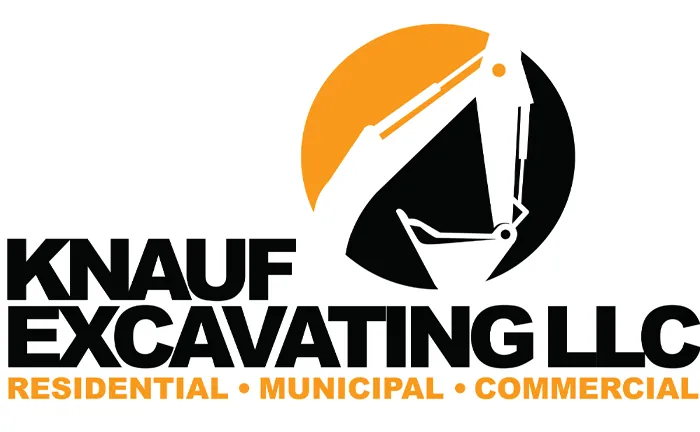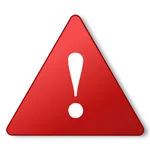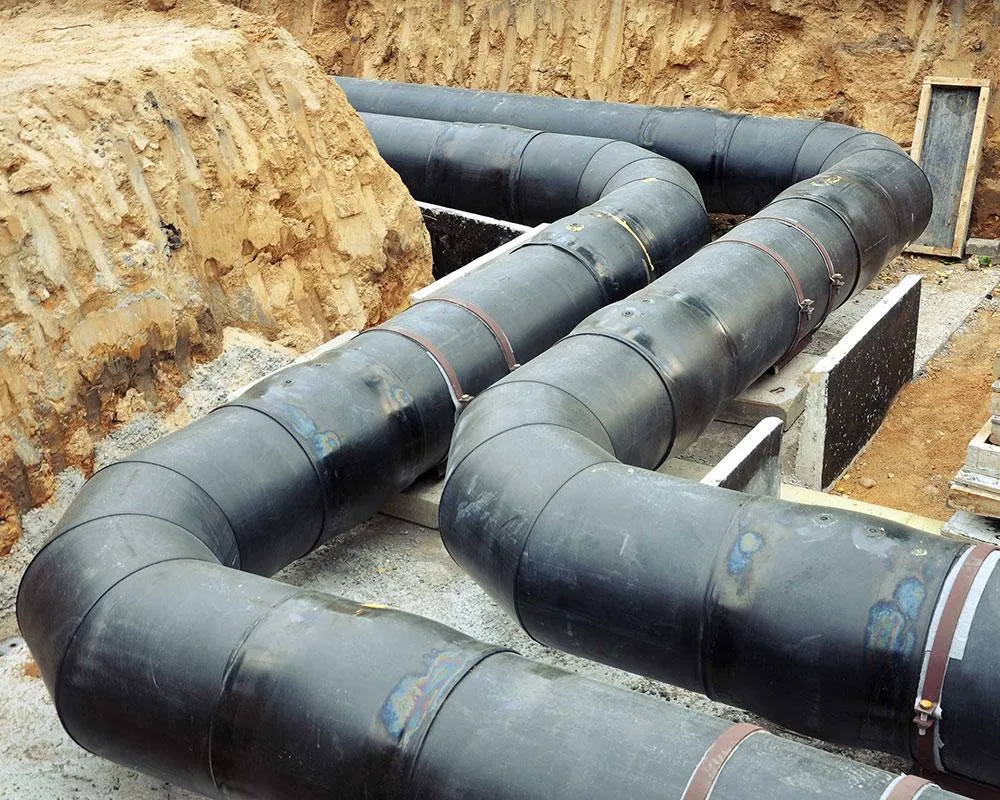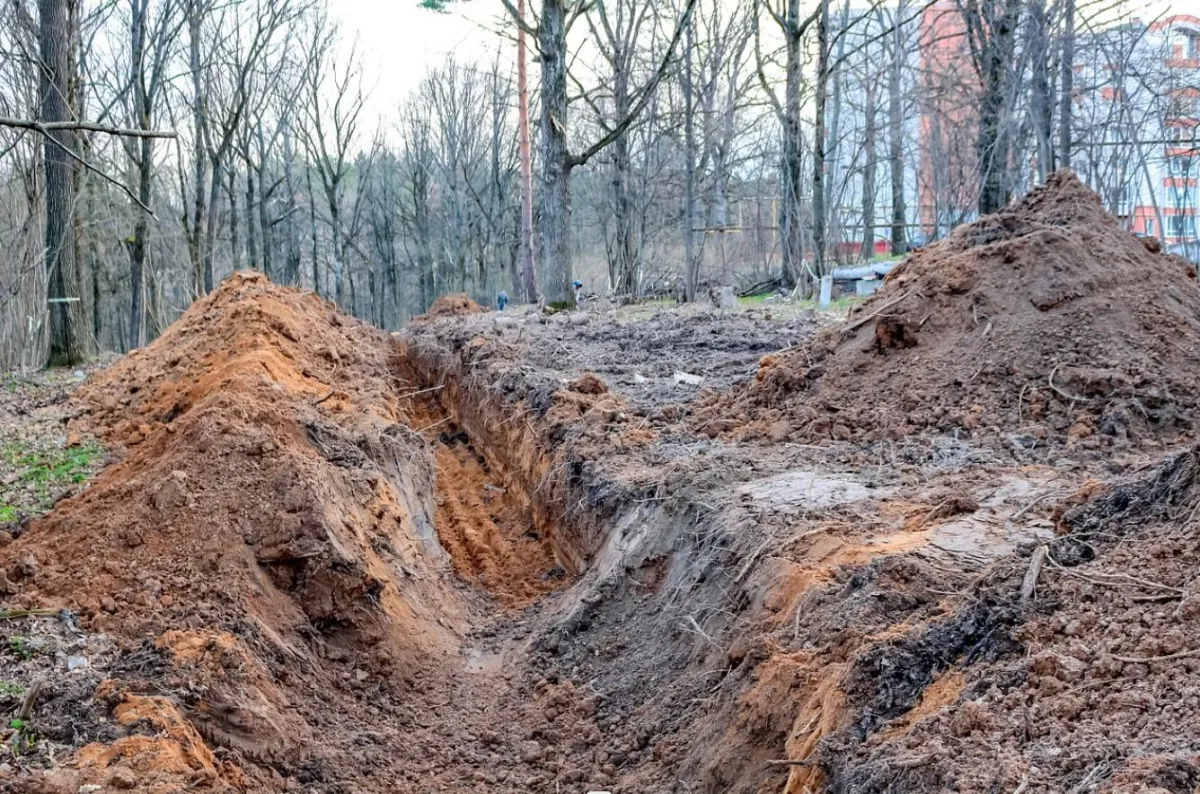
Serving Wisconsin Counties: Marathon, Oneida, Villas and Lincoln Counties
Utilities Trenching Near Marathon County, Wisconsin
Knauf Excavating LLC is Committed to superior quality and results!

AVOID COSTLY MISTAKES:
Do NOT hire an excavating contractor without first reading our free guide:
The ULTIMATE Excavation & Septic "Success Guide."

Understanding Utilities Trenching Near Marathon County, Wisconsin
Utilities trenching is the quiet backbone of a dependable property. It’s how electricity reaches panels, potable water arrives at the meter, wastewater exits to the sewer, gas feeds appliances, and fiber or low-voltage lines stay protected. In Marathon County, Wisconsin, great trenching pairs solid design with on-site judgment. Frost depth influences cover. Clay, loam, and sandy soils behave differently when wet. Groundwater and culverts can redirect routes. Driveways, trees, wells, septic components, and setbacks add constraints. Success starts with a plan that clarifies routes, depths, separations, materials, and safety controls so field work moves smoothly and inspections pass the first time.
How Can We Help?


Why Utilities Trenching Near Marathon County Delivers Real Value
Quality trenching safeguards people, property, timelines, and budgets. Safe excavation—proper sloping, trench boxes, spotters, and traffic control—reduces risk for crews and neighbors. Correct cover and separation prevent freezing, overheating, or cross-interference between lines. Clean bedding and consistent compaction stop pipe bellies, crushed conduit, and the post-thaw settlement that can crack asphalt. Smart routing respects property lines and future landscaping, avoiding “pay twice” removals later. Thoughtful staging keeps mud contained, manages spoils and silt, and maintains access for other trades. When the details are handled up front, projects move faster and restorations look better.
Benefits of Utilities Trenching Near Marathon County for Homeowners and Builders
First, reliability: properly bedded pipe and protected conduit maintain flow, pressure, and signal quality through Wisconsin’s freeze-thaw cycles and spring melt.
Second, longevity: materials selected for load and soil conditions, paired with tested compaction, extend service life and lower maintenance.
Third, compliance: meeting Wisconsin expectations—frost-depth allowances, tracer wire on non-metallic lines, warning tape above utilities, schedule-appropriate conduit, and documented 811 locates—helps you pass inspection on the first visit.
Fourth, efficiency: clear layouts and right-sized equipment shorten dig time, reduce handwork, and minimize unexpected change orders.
Fifth, curb appeal: final grading, topsoil, seed, and clean edges restore yards and drives so the site looks finished instead of patched.
Benefits of Hiring a Utilities Trenching Near Marathon County Specialist
A local specialist reduces risk and compresses timelines. They coordinate utility locates, read as-built maps, and support survey layout so digging starts exactly where it should. The right machines matter in Wisconsin conditions: mini excavators for tight yards, trenchers for long straight runs, vac systems for daylighting, plate compactors for patios, and rollers for drives and roads. Skilled operators read changing soils and weather, deciding when to shore, when to bench, and when to pause for safety. Procurement moves faster, too—schedule-40/80 conduit, SDR-rated water pipe, tracer wire, warning tape, sand bedding, and aggregate backfill are sourced correctly the first time. Paperwork stays tidy with insurance certificates, safety plans, and photo documentation. The net result: fewer callbacks, cleaner restoration, and a smoother inspection.
See Our Excavation & Septic Services

✔️ Commercial Excavation
✔️ Residential Excavation
✔️ Swimming Pool Excavation
✔️ Basement Digging
✔️ Basement Backfill
✔️ Shoreline Restoration
✔️ Driveway Construction
✔️ Municipal Excavating
✔️ Snow Plowing Service
✔️ Demolition
✔️ Large Pond Construction
✔️ Small Pond Construction
✔️ Dozer Work
✔️ Septic Inspections
✔️ Septic System Pumping
✔️ Septic Installs Traditional Systems
✔️ Septic Tanks - Aerobic Systems
Quality Services Launched FAST!

✔️ Septic Tanks - Plastic/Poly
✔️ Septic Tanks - Concrete
✔️ Drain Field Replacement
✔️ Forestry Mulching
✔️ Grading, Lot Clearing
✔️ Retaining Walls
✔️ Sewer Repairs
✔️ Drainage Systems
✔️ Concrete Flatwork
✔️Driveways, Sidewalk, Foundations
✔️ Foundation Repairs
✔️ Full Site Preparation
✔️ Trenching
✔️ Utilities Trenching
✔️ Grade Shed Pad
✔️ Site Construction
What Are You Waiting For?
Process for Hiring a Utilities Trenching Near Marathon County Provider in Wisconsin
Define scope. List needed utilities—electric service, secondary power, water, sanitary sewer, storm, gas, or communications—and where each must terminate.
Sketch the site. Note wells, septic components, culverts, trees, retaining walls, driveways, and elevation changes.
Verify jurisdiction. Towns and cities in Marathon County may require unique permits, setbacks, or inspection steps. Confirm who inspects which lines and whether utilities must pre-approve conduit sizes or routes.
Request written proposals. Each bid should define trench lengths and depths, bedding materials, separation distances, restoration standards, permit fees, inspection scheduling, and who calls in locates. Ask for clear allowances on rock excavation, dewatering, winter conditions, hardscape saw-cutting, and traffic control.
Check safety and references. Prioritize current trench safety training, insurance, and recent projects in similar soils.
Align schedules. Ask for a start window, a realistic duration, and a weather-delay plan so expectations stay clear.
Selecting and Scheduling the Work
Before mobilization, stake and white-line routes, and take pre-construction photos of lawns, sidewalks, and drives. During installation, verify depths, bedding, and separation at agreed checkpoints. Install tracer wire and warning tape on non-metallic lines, and maintain recommended offsets between electrical and communications. Compact backfill in measured lifts to the specified density, then restore surfaces to equal or better condition. Close out with as-built notes, photos, and any compaction or pressure-test records so future upgrades are easier and safer.
Common Utilities Trenching Near Marathon County Projects
Typical residential projects include power from a pedestal to a new home, water from a curb stop to a meter, and gravity sewer laterals with accessible cleanouts. Rural properties often add gas service to detached shops or barns and place spare conduits for future gate power, cameras, or internet. Commercial corridors may combine multiple utilities, requiring stricter spacing, deeper cover, and occasional concrete encasement beneath traffic or at crossings. Agricultural and acreage sites can involve long driveway crossings, culverts, and careful drainage so trenches don’t channel water where it shouldn’t go.
Local Conditions in Wisconsin That Influence Trenching
Wisconsin’s climate and soils shape every decision. Freeze-thaw cycles demand proper cover and, in shallow zones, insulation boards. Spring snowmelt can saturate soils; dewatering plans and trench boxes help maintain stability and safety. Erosion control protects waterways and road ditches—straw wattles, silt fence, inlet protection, and stabilized construction entrances are modest costs that prevent bigger fines and fixes. Material selection should reflect expected loads, from lawn areas to heavy truck routes. Restoration is the lasting impression: smooth grades, quality topsoil, seed, and neat hard-surface patches help the site look “new,” not “repaired.”
Action Steps for Utilities Trenching Near Marathon County, Wisconsin
Call 811 and maintain visible marks before anyone digs, refreshing locations if schedules slip. Keep minimum separation between water and sewer, maintain recommended offsets for electrical and communications, and place warning tape and tracer wire before backfill. Document each step with photos and a simple as-built drawing. Store records with your property files so future work is faster, safer, and less expensive. When you approach utilities trenching with clear scope, local compliance, safe methods, dependable materials, and careful restoration, you get service lines that perform through Wisconsin winters, pass inspections with confidence, and add long-term value to your property.
Hours: Mon-Fri 7AM-5PM
Extended hours by appointment only.
Address: 1250 W. Campus Dr. Wausau, Wisconsin 54401
All rights reserved | Client Support Area